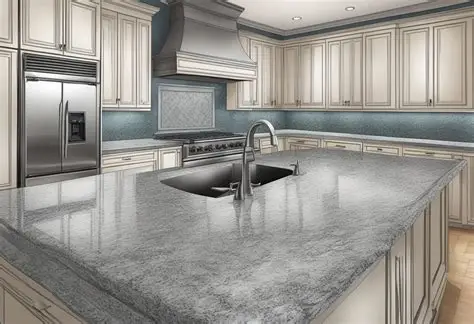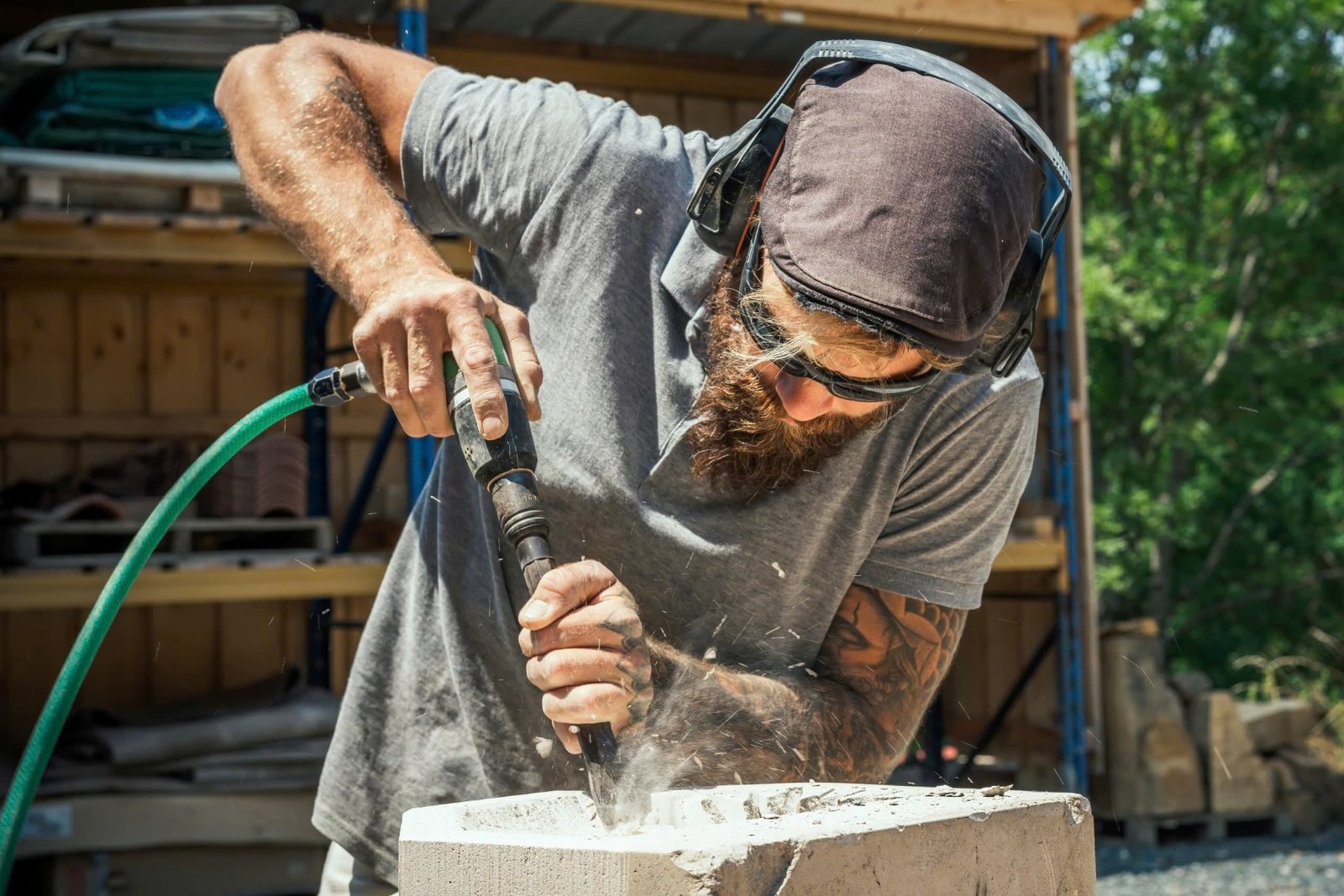
Granite countertops are prized for their strength, durability, and stunning natural aesthetics.
Granite countertops are prized for their strength, durability, and stunning natural aesthetics. However, over time, even the finest granite kitchen countertops or granite bathroom countertops can develop tiny depressions or pits on the surface. These imperfections—known as pitting—can diminish the smooth finish and sparkle of your stone, especially on polished granite countertops and honed granite countertops.
If you’re wondering how to fix pitting in granite countertops effectively and affordably, this guide walks you through the exact steps, tools, and best practices needed to restore your countertop’s flawless look.

What Causes Pitting in Granite Countertops?
Pitting refers to small, sometimes deep holes or voids that form in the surface of natural stone. In granite, these can result from:
- Natural Mineral Inconsistencies: Granite contains feldspar, quartz, and mica—some of which may detach or flake over time.
- Improper Fabrication or Finishing: Poor-quality polishing during production can leave microscopic pits.
- Heavy Use & Wear: Impact from dropped utensils, kitchen gadgets, or acidic cleaners can exacerbate natural weak spots.
Whether you have black granite countertops, white granite countertops, or specialty options like blue pearl granite countertops, pitting is a common but manageable issue.

Tools & Materials Needed for Granite Pit Repair
Before beginning the repair process, gather the following tools and materials:
- Clear or color-matched epoxy/resin (granite-safe)
- Razor blade or utility knife
- Acetone or isopropyl alcohol
- Microfiber cloth
- Masking tape
- Plastic spatula or credit card
- Granite polish (optional)
- Suction cup (for large slab stabilization)
Step-by-Step: How to Fix Pitting in Granite Countertops
Step 1: Clean the Affected Area Thoroughly
Use a soft cloth and acetone to clean the pitted area. Remove any dust, oil, or sealant residue that could prevent epoxy adhesion.
Avoid using ammonia or acidic cleaners, as these can etch the stone and worsen the problem.
Step 2: Tape Around the Pit (Optional)
Use masking tape to frame the pit if you want to avoid spreading the epoxy beyond the damaged area. This is helpful on custom granite countertops with a glossy finish.
Step 3: Apply Granite Repair Epoxy or Resin
Using a toothpick or small spatula, carefully fill the pit with granite repair epoxy. Opt for a clear resin for light-colored stones or a pigmented one to match brown granite countertops or black granite countertops.
Ensure the resin slightly overfills the pit to compensate for shrinkage during curing.
Step 4: Let the Epoxy Cure
Allow the epoxy to cure according to the manufacturer’s directions—typically 24 hours. Avoid disturbing the area during this period.
You can lightly cover the area with plastic if working in a dusty environment.
Step 5: Level and Smooth the Surface
After curing:
- Use a razor blade to carefully scrape away any excess epoxy above the surface.
- Buff with a soft cloth to restore shine.
- Apply granite polish to match the finish of polished granite countertops or honed granite countertops.
Step 6: Re-Seal the Granite
After repairs, resealing is crucial to prevent moisture from seeping into newly filled pits. Learn more here:
👉 How to Fix Dull Granite Countertops
Use a penetrating sealant rated for natural stone vs engineered stone countertops and apply annually or as needed.
Tips for Long-Term Granite Maintenance
Maintaining granite countertops extends their beauty and prevents issues like pitting and etching. Here’s how:
- Clean daily using a pH-neutral granite cleaner.
- Avoid harsh chemicals such as bleach or vinegar.
- Seal every 1–2 years, especially in high-use areas like granite countertops for outdoor kitchens.
- Use cutting boards and trivets to prevent impact damage.
- Handle with care during transport using a suction cup or material handling aids.
When to Call a Professional Granite Fabricator
If pitting is widespread or deeper than 1/8 inch, consult a local granite fabricator or seek help at a granite countertop showroom [location]. Professionals can:
- Resurface large pitted areas
- Match stone tones precisely
- Reseal for long-lasting protection
Find top-rated granite countertop installers near me or explore granite countertops near me for local service providers.
Related Topics & FAQs
Is granite extrusive or intrusive?
Granite is an intrusive igneous rock, formed from slow-cooling magma deep underground. Learn more:
Can uneven slabs cause pitting?
Uneven seams may not directly cause pits, but poor alignment can create tension and surface stress.
👉 How to Fix Uneven Granite Countertops
Final Thoughts: Pitting Is Fixable
Pitting in granite countertops might seem alarming at first, but with the right tools, techniques, and care, you can restore your surface’s integrity and appearance. Whether you’re restoring white granite countertops in a minimalist kitchen or brown granite countertops in a rustic home, you don’t need to live with surface imperfections.
Looking to explore more topics like this? Check out our guides on repairing cloudy, dull, or cracked granite surfaces—because a well-maintained countertop is a beautiful countertop.

